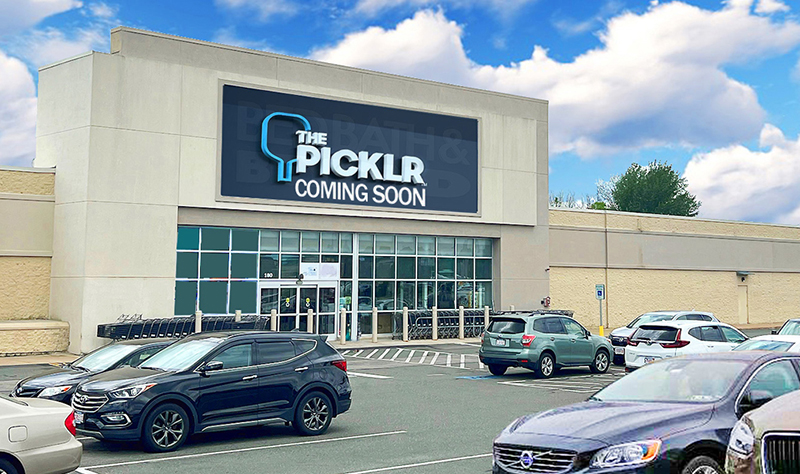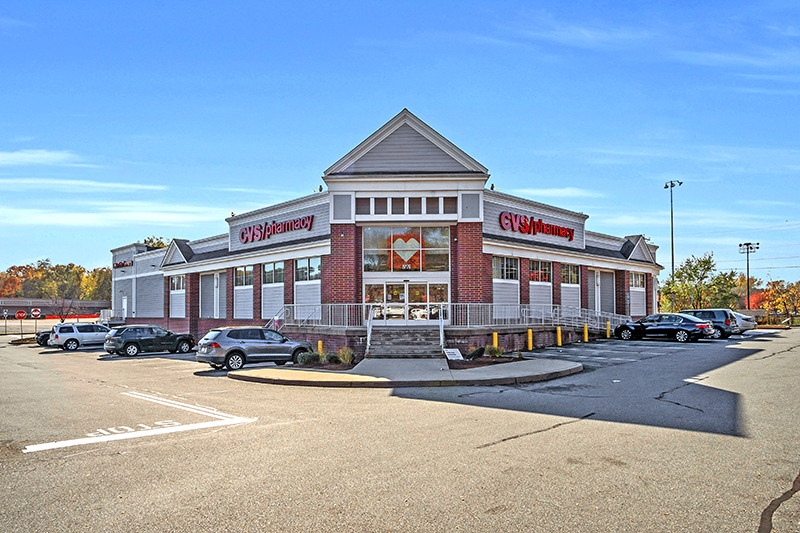Question of the Month: What is existing building code structural review? Architectural and MEP&FP aspects need to be analyzed - by Paul Kirby
 Paul Kirby, Allen & Major
Paul Kirby, Allen & MajorAssociates, Inc.
Most existing buildings fall within the category of stand-alone. They can house either a single tenant or multiple tenants who are separated by common interior walls. When a building owner leases to a new tenant, the space is generally personalize for that specific tenant with interior walls, bathrooms, breakroom(s), and/or paint and signage. Exterior alterations could include adding a loading dock or reconfiguring an entry. Interior and exterior alterations of a tenant space, typically termed “tenant fit-up”, must be performed in accordance with the applicable building codes adopted by the state and local governments in which the building is located.
In order to understand what will be involved in bringing a building up to current code, the degree or extent of the building alteration is of paramount importance. Because the existing building was most likely designed and constructed under previous building code documents, the building code provisions may require an upgrade to structural, architectural and MEP&FP systems to meet the current requirements.
This article discusses the process of existing building code analysis relative to the structural aspects of a building alteration. Architectural and MEP&FP aspects of the existing building code review, need to be analyzed utilizing the same building code documents, however, these analyses are beyond the scope of this article.
Applicable Code Documents
Each state adopts a building code which provides minimum standards for design and construction of a building. The International Code Council (ICC) has attempted to standardize the building codes throughout the United States by issuance of the International Building Code (IBC) and the International Existing Building Code (IEBC). Many states have gone on to adopt various editions to these codes as well as their own amendments to various sections based on their enacted state laws.
Why upgrades may be required
Revisions to the building code documents are made for structural systems based on recent historic data of snowfall amounts, wind ratios and seismic events. This data is used to determine the minimum structural design standards. In older buildings, earthquake loads may not have been considered, therefore, the structure may not be earthquake resistant. The recently published building code documents set forth the minimum standards required for buildings to meet gravity (dead, live, snow, rain and ice), wind and earthquake loads.
The IEBC defines various levels of alterations and modifications to a building that may trigger structural building code upgrades. In order to determine these upgrades, the IEBC has defined different methods which can be used for evaluation. The method chosen depends on the scope of the alterations and that which best suit the project. The following methods are excerpts from the IEBC:
Prescriptive compliance method – This method allows the continued use of materials/structure that is unaltered to remain in use provided that it is not determined by the building official to be dangerous to life, health and safety.
Work area compliance method – This method utilizes the area of work affected on the floors and roofs of a building to define the classification level of the alteration. The classification level then defines the requirements to be met regarding the alterations.
Performance compliance method – The provisions of this method is intended to maintain or increase the current degree of public safety, health, and general welfare in existing buildings while permitting alterations without full compliance.
Steps to perform a structural Existing Building Code (EBC) review of a facility undergoing alteration
The first step in performing an existing structural building code review is to gather information regarding the building structure. The year the building was built is important in understanding which building code the structure was originally designed under. It is imperative that the structural system is known. If original construction drawings are available, much of this information will be noted on the drawings. If existing construction drawings are not available, it will be necessary to visit the building and determine the existing building structural systems, to the extent possible.
The conceptual alteration drawings are also needed to determine the level of the alterations. It is important to have a good idea what will be required prior to performing the EBC Code review. It is also important to know an estimate of construction costs of the building alterations, which will be compared to the assessed value of the building, in order to determine the alteration classification level.
The EBC code review should contain a thorough description of the structural systems as well as a description of the lateral wind and earthquake resisting systems. The EBC review should describe the anticipated alterations and classify them as level 1, 2 or 3 alterations. The review document should specify all building code and existing building code references. The EBC review should also describe building code upgrades to the structural systems including reinforcement.
In conclusion, building codes and standards serve to establish minimum regulations that emphasize building performance while providing for public health and safety. Therefore it is recommended that you engage a professional structural engineer early in the process to determine the building program, budget and any unforeseen issues before work gets underway.
Paul Kirby, PE, is structural department manager for Allen & Major Associates, Inc., Woburn, Mass.
Mace of KeyPoint Partners negotiates 36,192 s/f lease for The Picklr at Endicott Square
Danvers, MA KeyPoint Partners (KPP) negotiated a lease with the nation’s premier indoor pickleball venue The Picklr at Endicott Sq. Vice president of retail brokerage Don Mace negotiated the transaction on behalf of the landlord.





.jpg)


